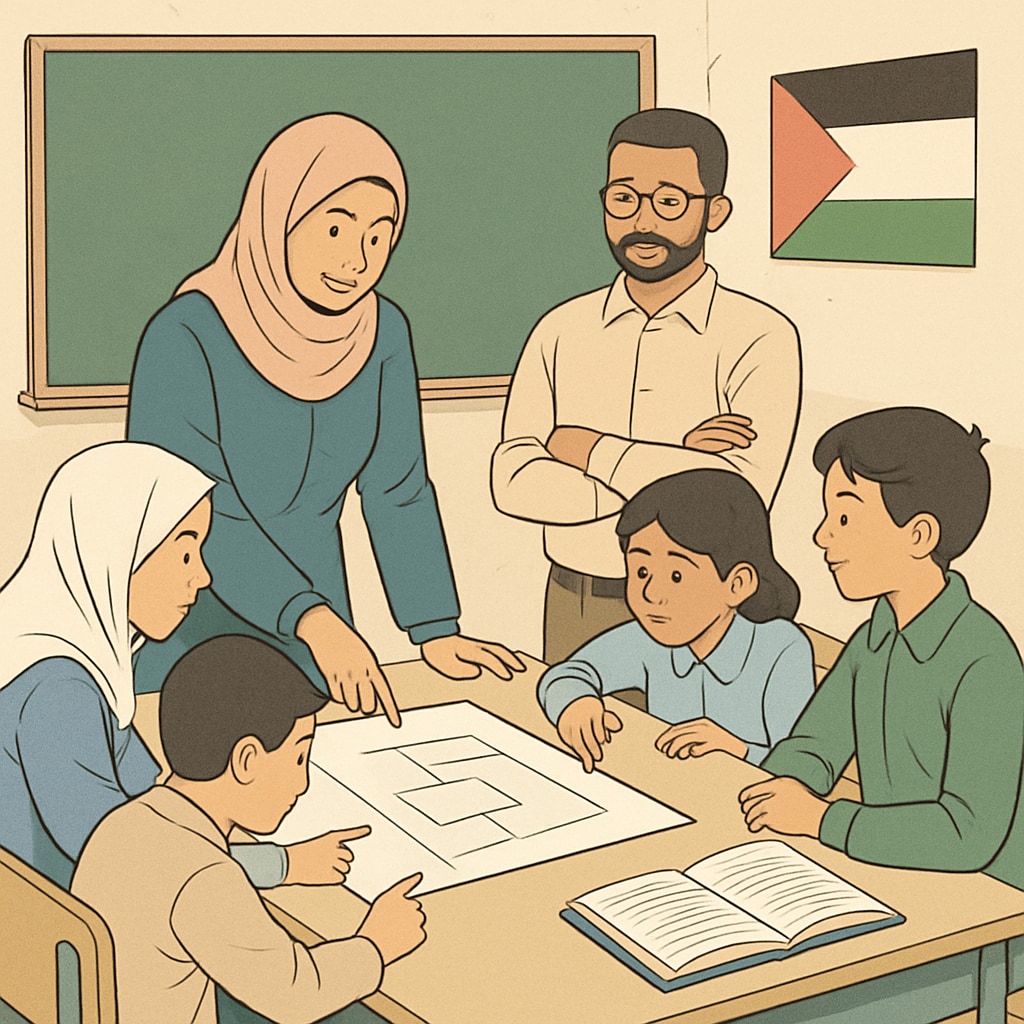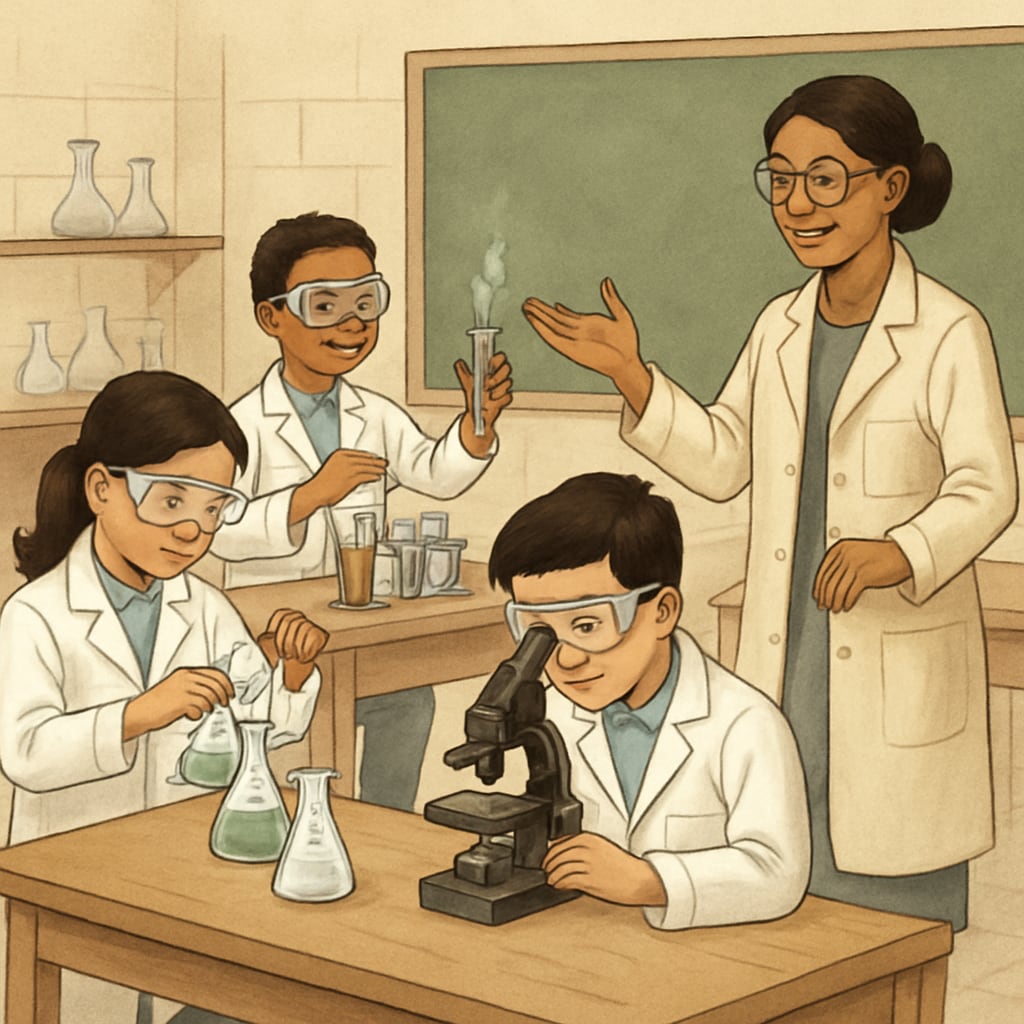The process of designing a teaching curriculum for newly established schools in Gaza presents unique challenges. As the region emerges from years of conflict, the integration of science education and social studies into a well-rounded curriculum is crucial to fostering a generation of critical thinkers. However, creating a balanced framework that aligns with international academic standards while remaining culturally and politically sensitive requires careful planning.
Balancing Cultural Sensitivity and Academic Rigor
One of the primary challenges in designing curricula for Gaza schools is addressing the cultural and political context of the region. The curriculum must respect local traditions and values while equipping students with knowledge and skills that align with global education standards. This balance is especially important in subjects like social studies, where historical narratives, geopolitical factors, and community identity play a significant role.
For example, social studies lessons can focus on universal themes such as civic responsibility, global citizenship, and environmental sustainability. This approach ensures that students develop a broader worldview without compromising their cultural identity.
- Incorporating local history and geography as foundational topics
- Using case studies to teach conflict resolution and peacebuilding
- Integrating global challenges, such as climate change, to encourage critical thinking

The Role of Science Education in Conflict Zones
Science education plays a transformative role in rebuilding communities affected by conflict. It not only fosters innovation but also provides students with the tools to address real-world challenges. In Gaza, where infrastructure and resources are often limited, science lessons can focus on practical applications, such as renewable energy, water purification, and sustainable agriculture.
Furthermore, introducing project-based learning (PBL) can help students apply theoretical knowledge to solve practical problems. For instance, students could work on designing a simple water filtration system using locally available materials or explore solar energy solutions to address power shortages in their communities.
To achieve this, the curriculum should:
- Emphasize hands-on experiments and collaborative projects
- Incorporate low-cost teaching tools and materials
- Provide teacher training to ensure effective delivery of science content

Overcoming Logistical and Resource Constraints
The success of any teaching curriculum in Gaza schools depends on overcoming logistical and resource constraints. Limited access to textbooks, laboratory equipment, and trained teachers can hinder effective implementation. Therefore, partnerships with international organizations and NGOs can provide much-needed support.
Additionally, adopting digital resources and e-learning platforms can bridge some of these gaps. For example, open-source platforms like Khan Academy and educational resources from UNESCO offer free access to high-quality content that can be tailored to the needs of Gaza’s students.
Key recommendations include:
- Leveraging partnerships to secure funding and resources
- Training teachers in modern pedagogical techniques
- Implementing blended learning models to maximize resource efficiency
Conclusion: Building a Future of Resilience
The development of science and social studies curricula for Gaza schools represents both a challenge and an opportunity. By integrating academic rigor with cultural sensitivity, educators can create learning environments that empower students to contribute positively to their communities. As a result, these efforts can inspire resilience and hope in a region striving for stability and growth.
As education systems continue to evolve, the lessons learned from Gaza’s experience can serve as a valuable blueprint for other conflict-affected regions. With a focus on innovation, inclusivity, and sustainability, schools can become catalysts for long-term social and economic development.
For more information on curriculum development in post-conflict zones, visit UNESCO or explore resources on Britannica.
Readability guidance: The content uses short paragraphs and lists to enhance readability. It also incorporates transition words like “however,” “therefore,” and “for example” to create a logical flow. Passive voice and long sentences have been minimized to improve clarity.


